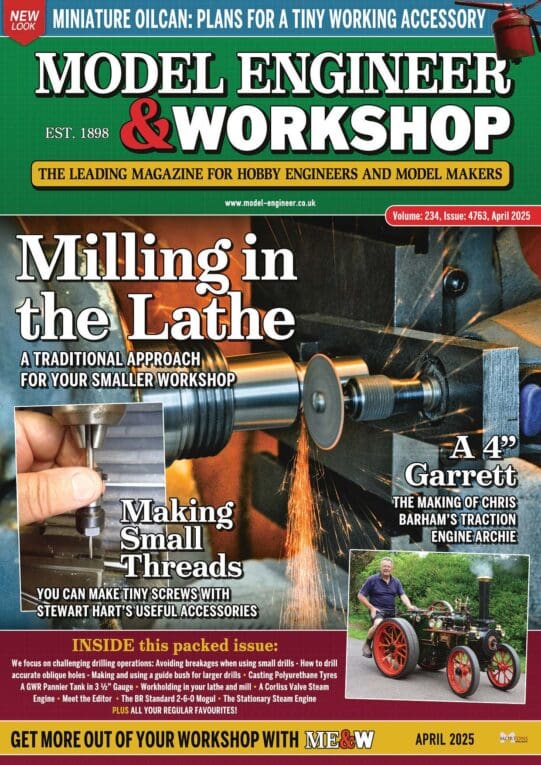Hi Russell,
Actually it doesn't really make any difference what state of charge the NiCads have before being put into storage. Over a long time period they will self discharge down to zero. Lower temperatures slow down the inherent discharge but don't completely stop it.
I went over to Germany and spent a very informative few days talking to the scientists and engineers at Varta. They were the original inventors of the NiCad technology under the original German company name, which I now forget, but they gave me dozens of research papers written over the years. The subject of cell matching was my particular topic but we covered the whole gammut. It seems that cell matching is really a waste of time and effort and my experiments also seemed to point to that particular area, so that is why I convinced the company to send me overseas!
The top scientist, who was one of the original patentee's, was well into his 80s and he told me the original work was done during WW2 for the Nazi war effort for the V2 missile battery pack. He also told me cell matching suffers from aging. If you take say three or four identical cells and they are matched to within 0.001%, which they somehow managed to find by selection from thousands of cells, then over a charge-discharge cycle of ten they tended to drift apart by as much as 10%. Over twenty cycles it was like 20% and so on. After 50 or more cycles they can be as much as 70% variation and that was what he was currently working on to find the reason and a solution. That was in the mid 1980s so things have improved a bit but not by a huge amount. He is obviously now designing batteries in heaven!
NiCads were killed by the environmental lobby and NiMH became the chosen flavour for a while, now it is LIPO and the other variants.
The scientist was also intrigued by my information about zapping cells to bring them back to some sort of life. After a while he leaned over during our discussion as said "Jah, that is absolutely correct. But you should have asked us, we could have told you that!"
Edited By John Fielding on 14/03/2016 10:53:24
Ajohnw.




